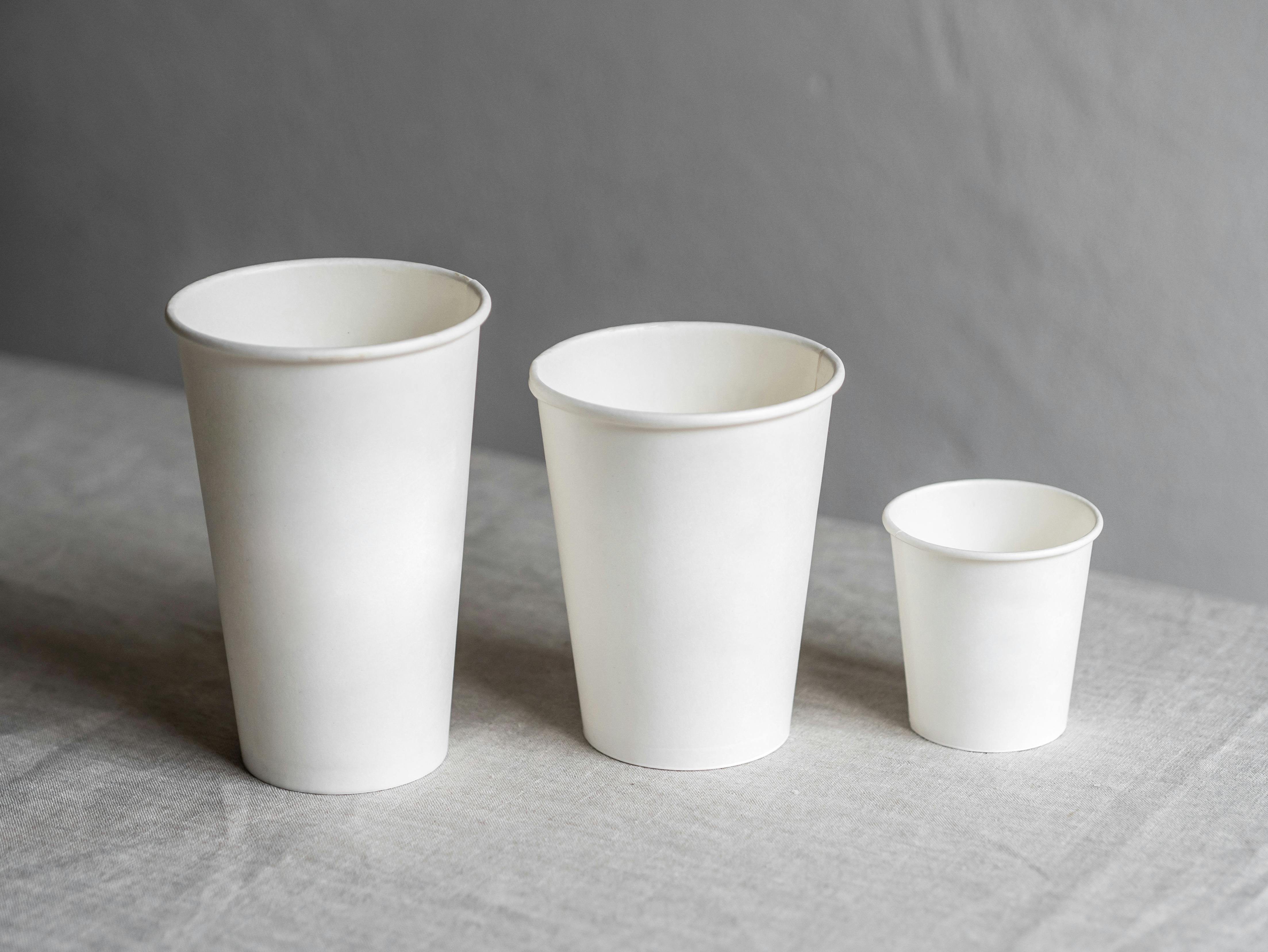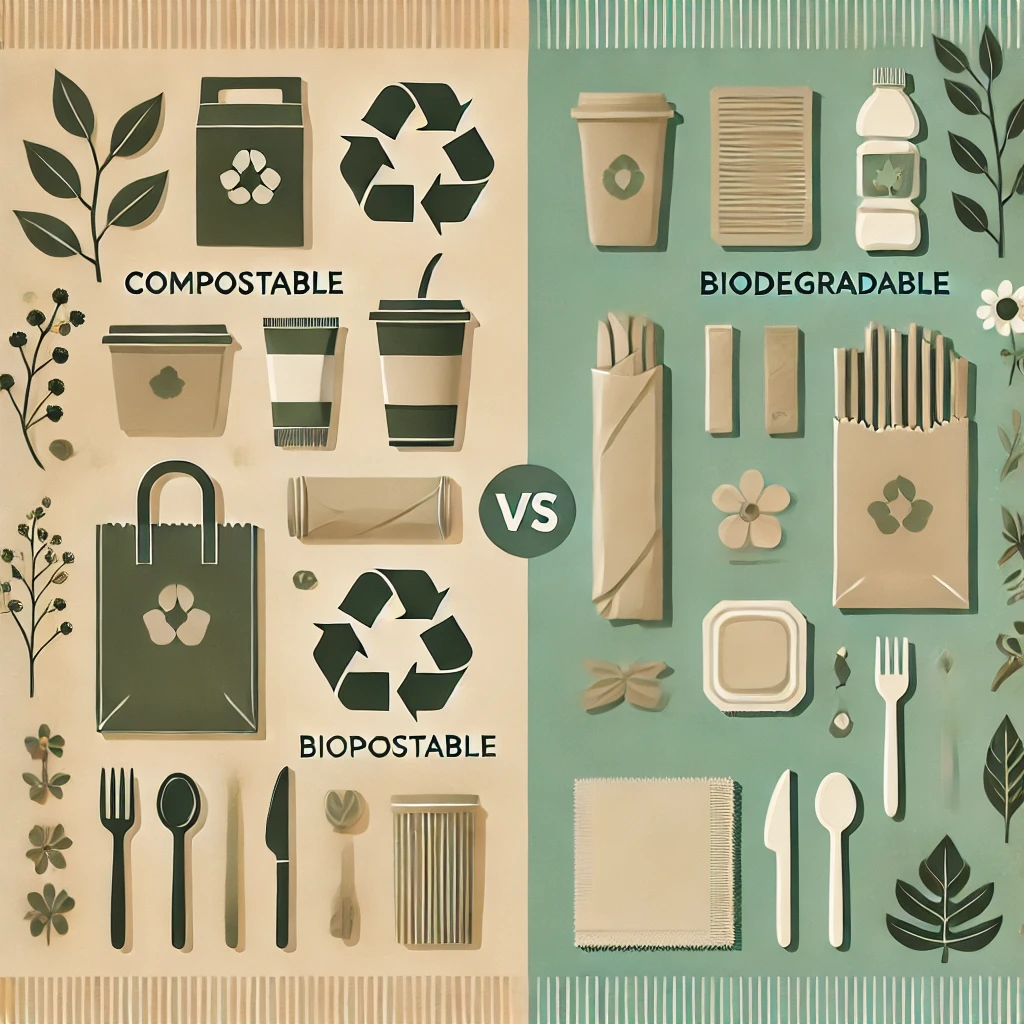
What is Bioplastic?
Bioplastic is a type of plastic derived from renewable biological sources like corn starch, sugarcane, or vegetable fats. Unlike traditional petroleum-based plastics, bioplastics are designed to break down more easily in the environment, depending on their composition. They are often used in packaging, agriculture, disposable items, and more.

Why Bioplastic?
- Eco-Friendly: Reduces dependency on fossil fuels and carbon emissions.
- Renewable: Made from natural resources that are biodegradable or compostable.
- Reduces Plastic Waste: Helps address plastic pollution in oceans and landfills.
- Supports Circular Economy: Can be reintegrated into nature or reused in production cycles.

Biodegradable vs Compostable
Biodegradable
- Breaks down naturally by microorganisms
- Timeframe can vary (months to years)
- May leave behind residues
- Not always suitable for composting
Compostable
- Breaks down in composting conditions
- Leaves no toxic residue
- Breaks down within ~90 days
- Returns nutrients to the soil